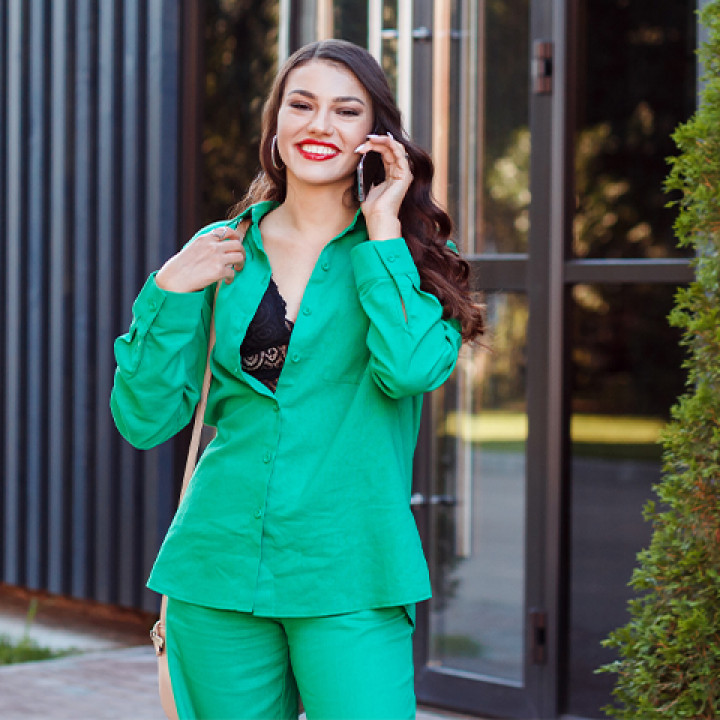
Fashion with a Purpose: How Our Clothing Choices Are Shaping a Sustainable Future
As the world becomes more conscious of environmental issues, the impact of our clothing choices has never been more significant. The fashion industry is evolving, and consumers now have the power to make a difference. By shifting toward sustainable and ethical fashion, we are not only influencing the trends of tomorrow but also shaping a better future for our planet. Here’s how our clothing choices are making a lasting impact.
1. The Rise of Sustainable Materials
Gone are the days when polyester and fast fashion ruled the shelves. Today, consumers are gravitating toward clothing made from sustainable materials like organic cotton, hemp, and recycled fabrics. These materials require less water, fewer pesticides, and less energy to produce, reducing the overall environmental footprint of each garment. Are listening to the demand for eco-friendly options, and sustainable textiles are becoming more accessible and stylish than ever before.
2. Ethical Fashion: Putting People First
Sustainability isn’t just about the environment—it’s also about people. Ethical fashion focuses on fair labor practices, ensuring that workers are paid fairly and work in safe, humane conditions. By supporting that prioritize ethical sourcing and manufacturing, consumers are helping to create a fashion industry that values people just as much as profits. Whether it’s through fair wages, safe working conditions, or transparent supply chains, ethical fashion is shifting the industry toward a more equitable future.
3. Conscious Consumption: Buy Less, Choose Wisely
The "buy more, wear once" culture has been replaced by a more mindful approach to shopping. Consumers are now more conscious of the longevity of their clothing, opting for quality over quantity. By investing in timeless, durable pieces, we’re contributing to a shift away from disposable fashion. Slow fashion advocates encourage us to purchase fewer, better-made items that will stand the test of time—pieces we can wear for years, not just one season.
4. Secondhand and Vintage Fashion
The secondhand clothing market is booming as sustainability gains more traction. Thrift shopping, swapping, and reselling are all ways people are extending the life cycle of garments and reducing waste. Vintage fashion is not only environmentally friendly, but it’s also a chance to find unique, one-of-a-kind pieces that tell a story. By embracing secondhand fashion, we are reducing the demand for new production and helping to close the loop on clothing waste.
5. The Circular Fashion Movement
The circular fashion model is gaining momentum, encouraging consumers to recycle, repurpose, and repair their clothing. Are now taking responsibility for the entire lifecycle of their products by offering take-back programs, repair services, or recycling initiatives. This forward-thinking approach helps to minimize textile waste and ensures that clothes don’t end up in landfills after just a few uses.
Our clothing choices today are shaping the fashion landscape of tomorrow. By embracing sustainable and ethical practices, we’re contributing to a future where fashion is both beautiful and responsible. The power to create change lies in our hands—one outfit at a time.




